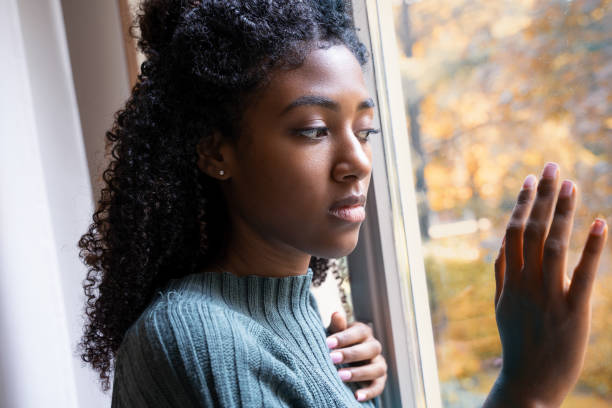We’ve all heard of the winter blues but what many don’t know is that it’s a real condition that affects around one in 30 of us.
Indeed, Seasonal Affective Disorder (SAD), which is its proper medical name, affects around two million people in the UK. For some, SAD represents low moods or mild feelings of sadness, but for those with particularly bad symptoms, it can be life-changing.
In this blog post, we’ll discuss SAD and what causes it, as well as going over some steps you can take if you suffer from the condition.
Understanding SAD
SAD is a type of depression that recurs seasonally, typically starting in late autumn and lasting through the winter months. Once the days become longer and the mercury starts to rise, SAD will start to subside and when spring arrives it’ll usually disappear until the end of the year.
Although we’re not fully sure of the precise details of SAD, it’s believed to be linked to the reduced sunlight during this time of year, which disrupts our internal body clock and affects certain hormones like serotonin and melatonin.
These chemicals in our brain regulate mood and sleep patterns, so the lack of sunlight is believed to disrupt these hormones, leading to poor sleep, low energy, feelings of sadness, difficulty concentrating, changes in appetite or weight and a desire to withdraw from social activities, which are all typical symptoms of chronic depression.
Combating SAD
For those struggling with SAD, there are some steps you can take to help you overcome or at the very least deal with the condition. These are:
Light Therapy:
Light therapy involves exposure to a bright light that mimics natural sunlight. This tricks your body into thinking it’s getting the natural light it craves.
By sitting in front of a lightbox for a specific period of time each day, this can help regulate mood and improve your energy levels by compensating for the lack of sunlight that’s causing your winter blues.
Get Moving:
As with all types of depression and mood disorders, one of the best ways to tackle SAD is with exercise. Putting your body through its paces gets the endorphins pumping, kicking your winter blues into touch.
When we say exercise, this doesn’t have to be hard cardio or an intense weight-lifting session. Going for a brisk walk or practising some yoga should help clear the mind – whatever you feel like doing, just be sure to get your body moving and this should help give you the mental boost you’re looking for.
Healthy Lifestyle:
Equally important is ensuring you maintain a healthy, balanced diet. We’ve all heard the phrase “you are what you eat” and it’s most certainly true, figuratively speaking. If you eat rubbish food then that’s precisely how you’ll feel!
There’s a strong link between diet and sleep/mood regulation, so eat plenty of leafy greens, good-quality proteins and foods rich in omega-3 fatty acids, such as fish, nuts, and seeds, and this should help fend off some of those negative thoughts.
Mindfulness And Relaxation:
Practices like yoga, meditation and deep breathing exercises can help restore balance and promote calmness. And there’s a growing body of evidence that suggests these ancient remedies may help those suffering with SAD.
Likewise, engaging in hobbies that you find enjoyable can also help manage stress and improve mental wellbeing during the colder months.
How Therapy Can Help SAD
While the self-help strategies we’ve outlined above can be effective for many, for those with extreme cases of the condition, these may not be enough.
For those with particularly bad cases of SAD, the condition can be overwhelming, severely impacting daily life and functioning. If you’re one of these people then it may be advisable to seek professional help.
Thankfully, various types of therapy can help alleviate these feelings of severe sadness. For instance, cognitive-behavioural therapy (CBT therapy) or talk therapy, can provide the support an individual needs.
While therapy might not help you completely overcome SAD (for many this would be impossible given that symptoms arise due to a lack of sunlight), it offers a safe space for individuals to explore their thoughts and feelings, learn coping mechanisms and develop strategies to help manage the challenges posed by the condition.
